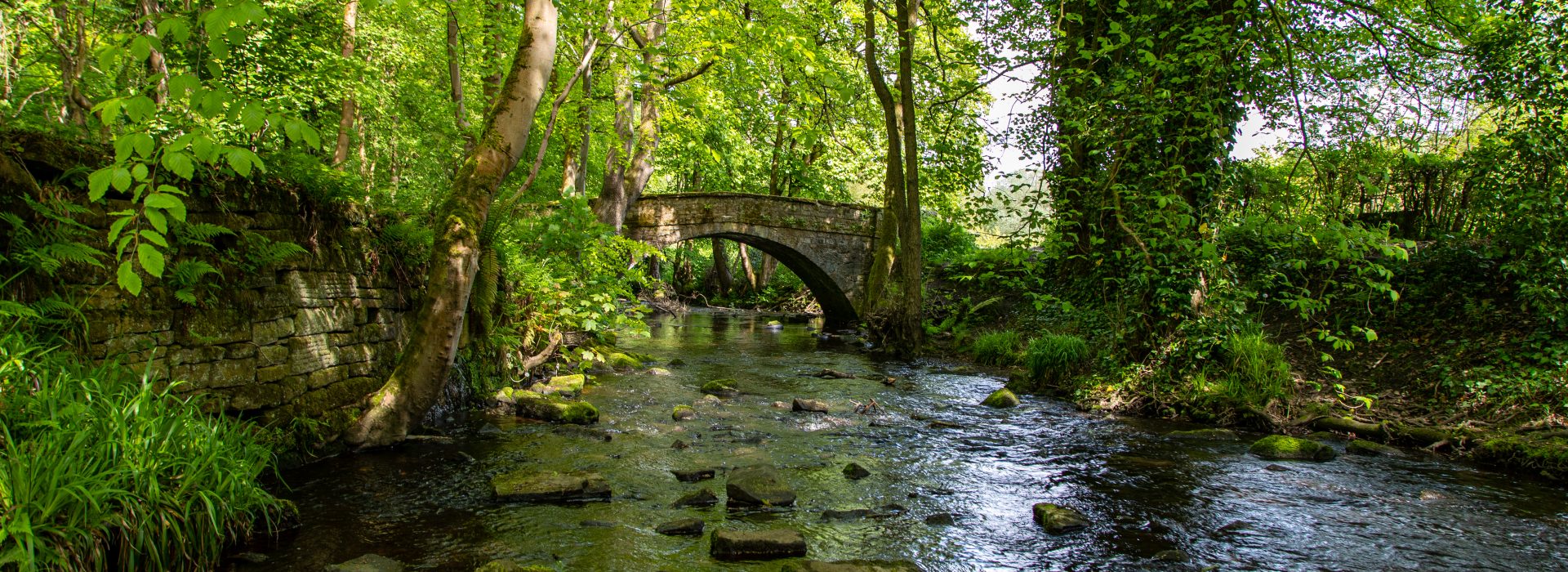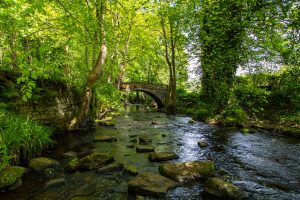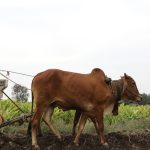In an era where deforestation and habitat loss are leading to significant environmental challenges, innovative solutions are needed to restore our planet’s green cover. One such solution is the Miyawaki Method, a unique approach to creating dense, fast-growing, and biodiverse forests. Developed by Japanese botanist Akira Miyawaki, this method has gained global recognition for its effectiveness and efficiency. This blog post will delve into the Miyawaki Method and its potential to revolutionize forest creation.
An Overview
The Miyawaki Method is a technique of sowing a multitude of native species in a small area, resulting in a dense, multi-layered forest. The approach is based on the theory of “Potential Natural Vegetation” – a concept that involves the selection of tree species native to the land’s original ecosystem.
The process begins with the assessment of the soil’s quality and the selection of native plant species that are best suited to the area. The soil is then prepared by adding nutrients to ensure the saplings’ healthy growth. The saplings are planted close together to encourage competition and stimulate rapid growth.
The Benefits of the Miyawaki Method

Photo by Imat Bagja Gumilar on Unsplash
Rapid Growth
Forests grown using the Miyawaki Method develop 10 times faster than those grown using conventional methods. This means that a mature, self-sustaining forest can be created in just 20-30 years, compared to the hundreds of years it can take a forest to regenerate naturally.
High Biodiversity
The Miyawaki Method encourages the planting of multiple species in a small area, leading to high biodiversity. This diversity not only makes the forest more resilient to diseases and pests but also creates a rich habitat for various species of insects, birds, and mammals.
Carbon Sequestration
Due to their density, Miyawaki forests are excellent at sequestering carbon dioxide, making them a valuable tool in the fight against climate change.
Urban Green Spaces
The Miyawaki Method is particularly well-suited to creating urban green spaces. These mini-forests can provide city dwellers with a touch of nature, improving mental well-being, and enhancing the urban landscape.
Conclusion
The Miyawaki Method offers a promising solution to some of the most pressing environmental challenges of our time. By creating dense, fast-growing, and biodiverse forests, this method can help restore lost green cover, enhance biodiversity, and combat climate change. As we continue to seek ways to live more sustainably and harmoniously with nature, techniques like the Miyawaki Method will play a crucial role in shaping a greener and more resilient future.












